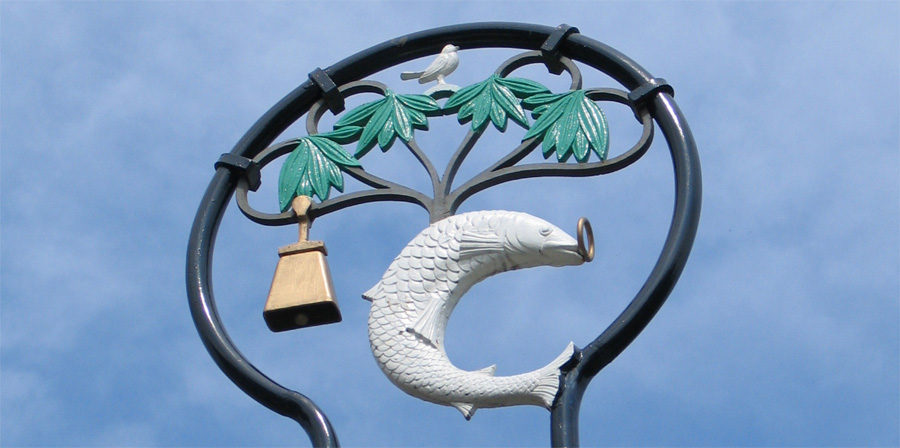 St. Mungo's, also known as Glasgow Cathedral, dates back to ca.590 A.D. when St. Kentigern, known as St. Mungo to his follwers, arrived to become bishop of Strathclyde and founded a religious community around a small church.
During his time the church was visited by St. Columba. St. Mungo travelled widely, preaching in both the English Lake District and North Wales. After his death in 603 A.D., he was buried close to his church. His tomb today lies in the centre of the Lower Choir.
The first stone church on the site was consecrated in the presence of King David I in 1136. The first stone church was destroyed or badly damaged by fire and was rebuilt by 1197. It was one of the few Scottish medieval churches to have survived the Reformation unscathed.
About St. Mungo's St. Mungo's, also known as Glasgow Cathedral, dates back to ca.590 A.D. when St. Kentigern, known as St. Mungo to his follwers, arrived to become bishop of Strathclyde and founded a religious community around a small church.
During his time the church was visited by St. Columba. St. Mungo travelled widely, preaching in both the English Lake District and North Wales. After his death in 603 A.D., he was buried close to his church. His tomb today lies in the centre of the Lower Choir.
The first stone church on the site was consecrated in the presence of King David I in 1136. The first stone church was destroyed or badly damaged by fire and was rebuilt by 1197. It was one of the few Scottish medieval churches to have survived the Reformation unscathed.
About St. Mungo's
Undiscovered Scotland: Glasgow Cathedral
Wikipedia: Glasgow Cathedral
New Advent Catholic Encyclopedia: Archdiocese of Glasgow
New Advent Catholic Encyclopedia: St. Kentigern (Mungo)
Wikipedia: Saint Mungo (Kentigern
Firth's Celtic Scotland: St. Kentigern (Mungo)
Journey to St. Mungo's
St. Mungo's Cathedral, also known as Glasgow Cathedral, is located in the city of Glasgow, Strathclyde, Scotland.
Ordnance Survey Map (NS6017665563)
Visitors Information
Visitors information may be found at the Glasgow Cathedral and the Historic Scotland websites. General tourist information may be found on the Glasgow Tourism website.
Additional Photos of St. Mungo's
St. Mungo's (Glasgow Cathedral)
Close-Up of Window in St. Mungo's (Glasgow Cathedral)
Lampost at Glasgow Cathedral with St. Mungo's Symbols
Arches in Choir, Glasgow Cathedral
Arches in Choir, Glasgow Cathedral
Altar in the Chancel in Glasgow Cathedral)
The Nave Looking West, Glasgow Cathedral
Choir Ceiling, Glasgow Cathedral
Lower Choir Vaulting, Glasgow Cathedral
Tomb of St. Mungo, Glasgow Cathedral
Tomb of St. Mungo, Glasgow Cathedral
|



